As part of IBM Quantum Network, Mizzou will be able to provide researchers and other institutions cloud access to quantum computing, a new type of computing that’s swiftly advancing and full of potential.
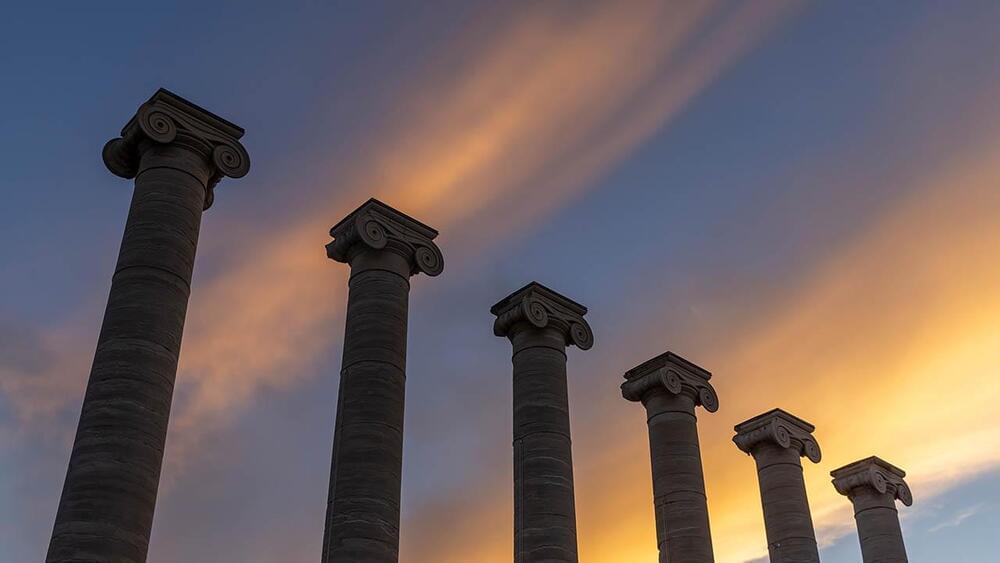


What do motion detectors, self-driving cars, chemical analyzers and satellites have in common? They all contain detectors for infrared (IR) light. At their core and besides readout electronics, such detectors usually consist of a crystalline semiconductor material.
Such materials are challenging to manufacture: They often require extreme conditions, such as a very high temperature, and a lot of energy. Empa researchers are convinced that there is an easier way. A team led by Ivan Shorubalko from the Transport at the Nanoscale Interfaces laboratory is working on miniaturized IR detectors made of colloidal quantum dots.
The words “quantum dots” do not sound like an easy concept to most people. Shorubalko explains, “The properties of a material depend not only on its chemical composition, but also on its dimensions.” If you produce tiny particles of a certain material, they may have different properties than larger pieces of the very same material. This is due to quantum effects, hence the name “quantum dots.”
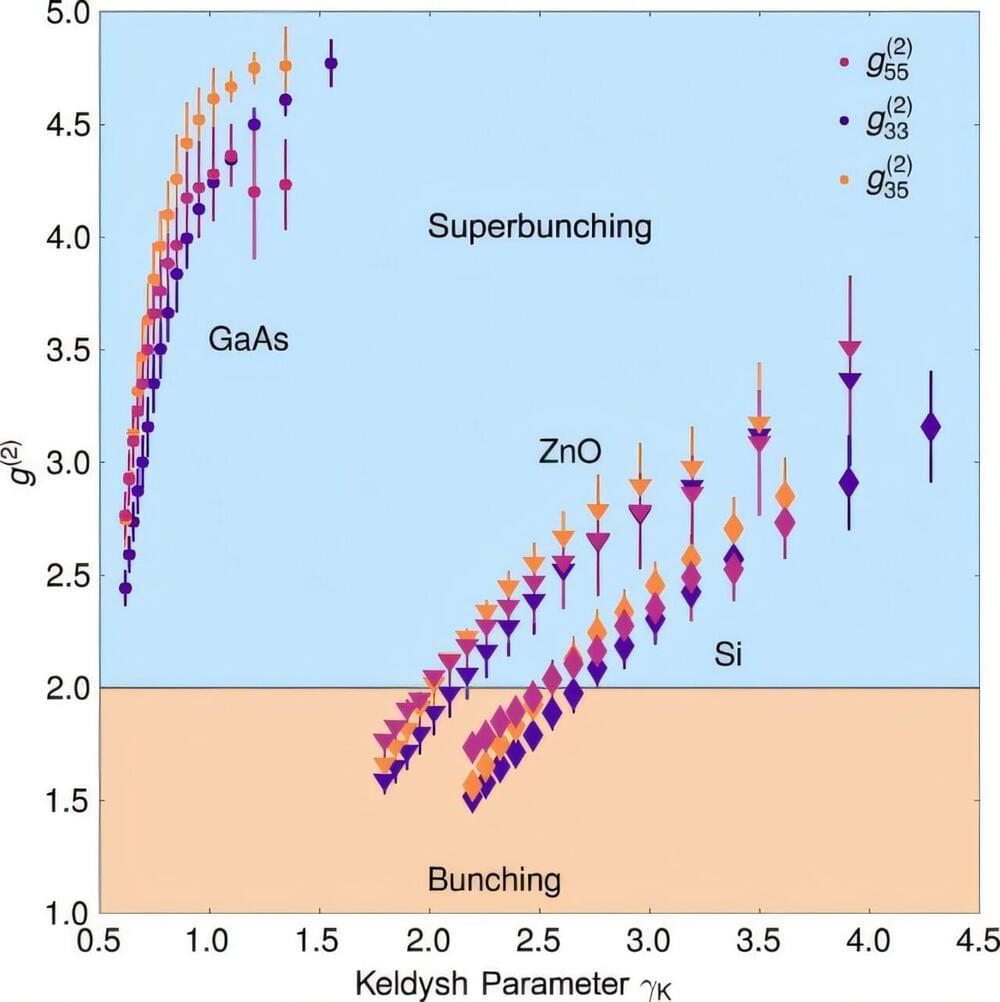
High harmonic generation (HHG) is a highly non-linear phenomenon where a system (for example, an atom) absorbs many photons of a laser and emits photons of much higher energy, whose frequency is a harmonic (that is, a multiple) of the incoming laser’s frequency. Historically, the theoretical description of this process was addressed from a semi-classical perspective, which treated matter (the electrons of the atoms) quantum-mechanically, but the incoming light classically. According to this approach, the emitted photons should also behave classically.
Despite this evident theoretical mismatch, the description was sufficient to carry out most of the experiments, and there was no apparent need to change the framework. Only in the last few years has the scientific community begun to explore whether the emitted light could actually exhibit a quantum behavior, which the semi-classical theory might have overlooked. Several theoretical groups, including the Quantum Optics Theory group at ICFO, have already shown that, under a full quantum description, the HHG process emits light with quantum features.
However, experimental validation of such predictions remained elusive until, recently, a team led by the Laboratoire d’Optique Appliquée (CNRS), in collaboration with ICREA Professor at ICFO Jens Biegert and other multiple institutions (Institut für Quantenoptik—Leibniz Universität Hannover, Fraunhofer Institute for Applied Optics and Precision Engineering IOF, Friedrich-Schiller-University Jena), demonstrated the quantum optical properties of high-harmonic generation in semiconductors. The results, appearing in PRX Quantum, align with the previous theoretical predictions about HHG.
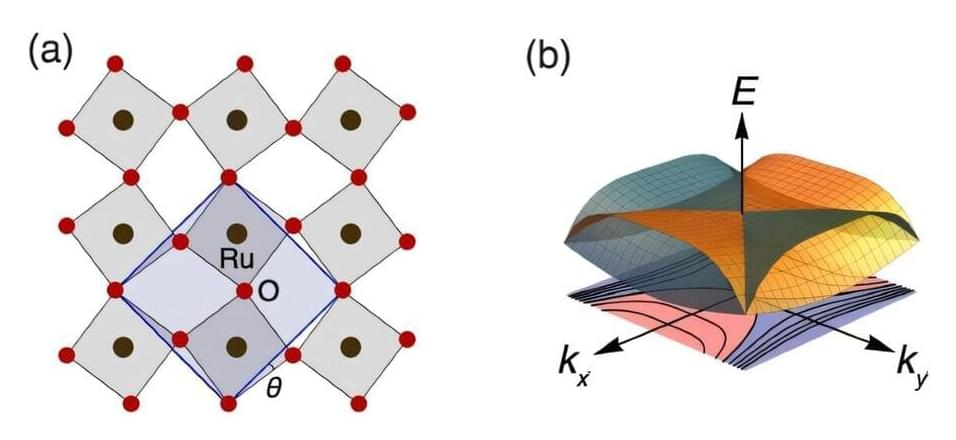
Physicists at Loughborough University have made an exciting breakthrough in understanding how to fine-tune the behavior of electrons in quantum materials poised to drive the next generation of advanced technologies.
Quantum materials, like bilayer graphene and strontium ruthenates, exhibit remarkable properties such as superconductivity and magnetism, which could revolutionize areas like computing and energy storage.
However, these materials are not yet widely used in real-world applications due to the challenges in understanding the complex behavior of their electrons—the particles that carry electrical charge.
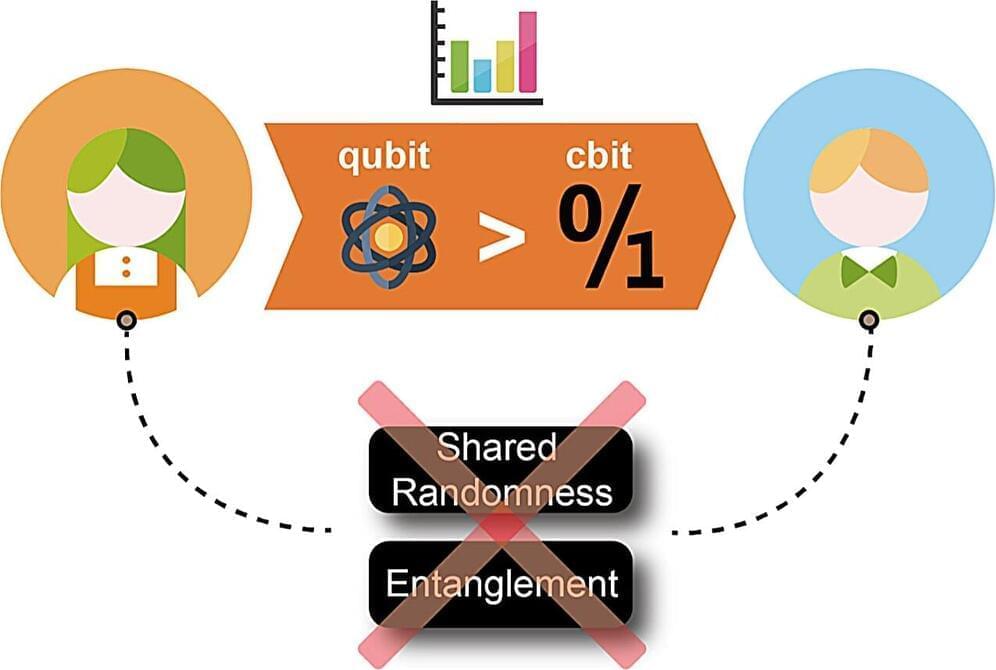
In recent years, quantum physicists and engineers have been trying to develop quantum computer processors that perform better than classical computers on some tasks. Yet conclusive demonstrations proving that quantum systems perform better than their classical counterparts (i.e., realizations of a quantum advantage) remain scarce, due to various experimental challenges.
Researchers at Henan Key Laboratory of Quantum Information and Cryptography and the S. N. Bose National Center for Basic Sciences carried out an experiment aimed at establishing the quantum advantage of an elementary quantum system for information storage.
Their paper, published in Physical Review Letters, demonstrates that a single qubit can outperform a classical bit in a communication task that does not involve any shared randomness (i.e., classically correlated random variables between communicating parties).
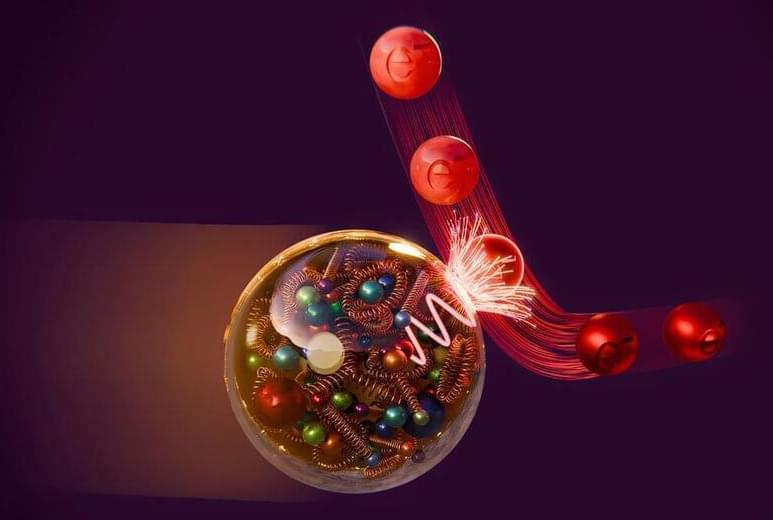
Scientists at the U.S. Department of Energy’s (DOE) Brookhaven National Laboratory and collaborators have a new way to use data from high-energy particle smashups to peer inside protons. Their approach uses quantum information science to map out how particle tracks streaming from electron-proton collisions are influenced by quantum entanglement inside the proton.
The results reveal that quarks and gluons, the fundamental building blocks that make up a proton’s structure, are subject to so-called quantum entanglement. This quirky phenomenon, famously described by Albert Einstein as “spooky action at a distance,” holds that particles can know one another’s state—for example, their spin direction—even when they are separated by a great distance.
In this case, entanglement occurs over incredibly short distances—less than one quadrillionth of a meter inside individual protons —and the sharing of information extends over the entire group of quarks and gluons in that proton.
Check out my introduction to quantum mechanics on Brilliant! First 30 days are free and 20% off the annual premium subscription when you use our link ➜ https://brilliant.org/sabine.
Last week, DeepMind’s Demis Hassabis said that AI might be able to solve problems that quantum computers were supposedly necessary for. Indeed he said that classical systems – AI run on conventional computers – can model quantum systems. Sounds like an innocent claim but is certain to upset a lot of quantum computing researchers. Hassabis bases his argument on the surprising success of Alphafold.
🤓 Check out my new quiz app ➜ http://quizwithit.com/
💌 Support me on Donorbox ➜ https://donorbox.org/swtg.
📝 Transcripts and written news on Substack ➜ https://sciencewtg.substack.com/
👉 Transcript with links to references on Patreon ➜ / sabine.
📩 Free weekly science newsletter ➜ https://sabinehossenfelder.com/newsle…
👂 Audio only podcast ➜ https://open.spotify.com/show/0MkNfXl…
🔗 Join this channel to get access to perks ➜
/ @sabinehossenfelder.
🖼️ On instagram ➜ / sciencewtg.
#science #sciencenews #tech #ai #technews
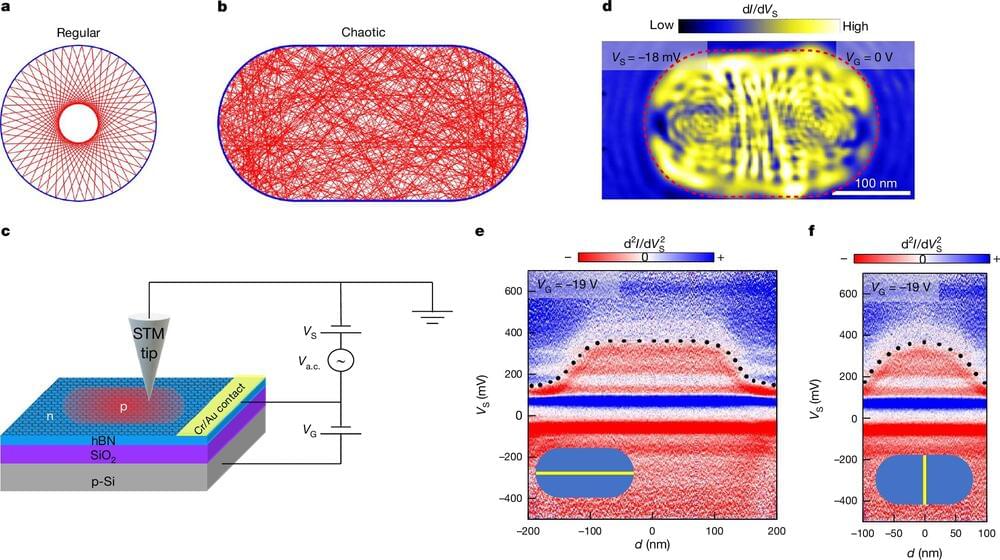
Unveiling Quantum Scars: A Window into Chaos in Graphene Quantum Dots.
In the realm of quantum physics, certain phenomena challenge our understanding of chaos and order.
Patterns in chaos have been proven, in the incredibly tiny quantum realm, by an international team co-led by UC Santa Cruz physicist Jairo Velasco, Jr. In a new paper published on November 27 in Nature, the researchers detail an experiment that confirms a theory first put forth 40 years ago stating that electrons confined in quantum space would move along common paths rather than producing a chaotic jumble of trajectories.
Electrons exhibit both particle and wave-like properties—they don’t simply roll like a ball. Electrons behave in ways that are often counterintuitive, and under certain conditions, their waves can interfere with each other in a way that concentrates their movement into certain patterns. The physicists call these common paths “unique closed orbits.”
Achieving this in Velasco’s lab required an intricate combination of advanced imaging techniques and precise control over electron behavior within graphene, a material widely used in research because its unique properties and two-dimensional structure make it ideal for observing quantum effects.

A new quantum algorithm developed by University of Georgia statisticians addresses one of the most complex challenges in single-cell analysis, signaling significant impact in both the fields of computational biology and quantum computing.
The study, “Bisection Grover’s Search Algorithm and Its Application in Analyzing CITE-seq Data,” was published in the Journal of the American Statistical Association on Sept. 20.
While traditional approaches struggle to handle the immense amount of data generated from measuring both RNA and protein expression in individual cells, the new quantum algorithm enables analysis of data from a single-cell technology known as CITE-seq. It allows for selection of the most important markers from billions of possible combinations—a task that would be formidable using classical methods.
